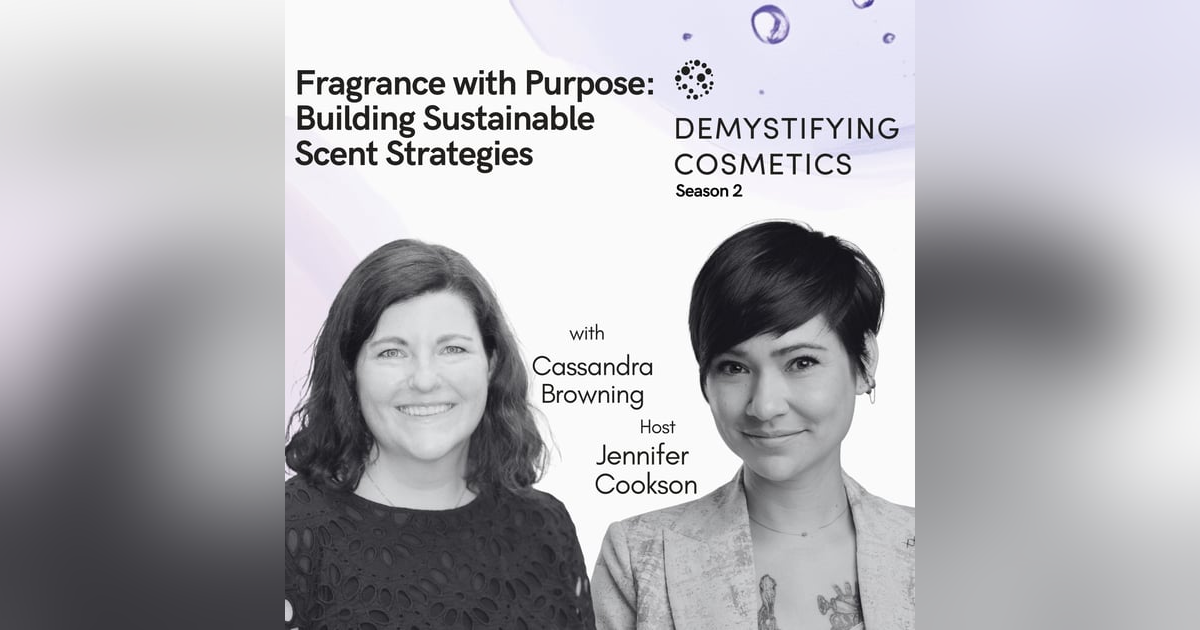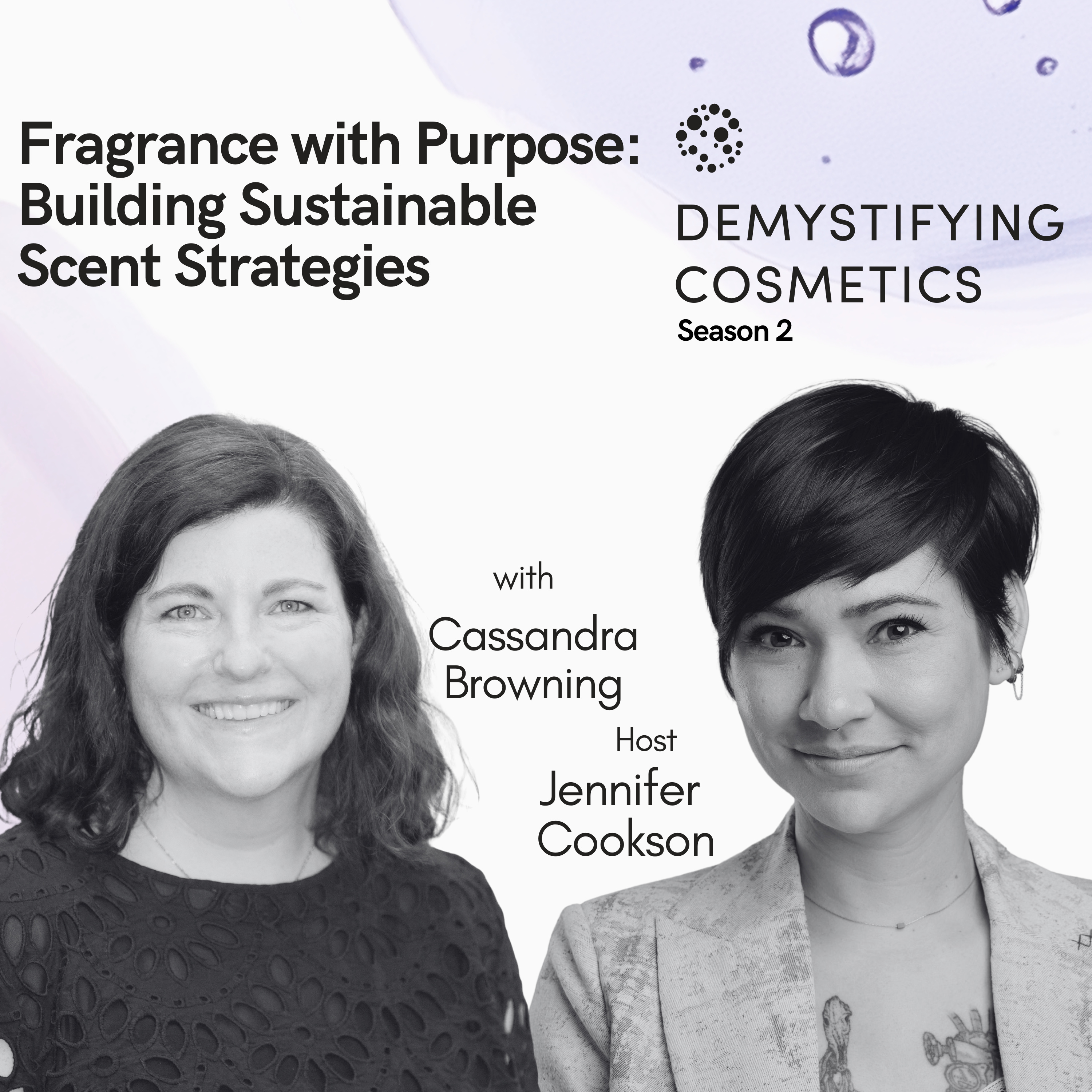Fragrance with Purpose: Building Sustainable Scent Strategies with Cassandra Browning


Fragrance has the power to spark memories, define brands, and create lasting emotional connections—but how can it also do good? In this 30-minute conversation, Cassandra Browning, founder of Fragrances for Good, shares her vision for a more conscious and innovative fragrance industry.With a degree in aroma and formulation science from the UK and experience spanning global fragrance houses including L'Oréal and as EU fragrance head for Ecover and Method, Cassandra brings rare expertise bridging creative and technical aspects of fragrance.Takeaways:Context Makes a Fragrance Brief Effective: A good fragrance brief goes far beyond describing how something should smell. Include target demographic, brand positioning goals, whether you're trying to disrupt or align with category norms, and how the launch fits your overall brand strategy. This context allows fragrance houses to make strategic recommendations, like suggesting vanilla over apple for disrupting a 50-year-old woman's dishwashing habits.No Universal Standards for Fragrance Sustainability: Each fragrance contains at least 30 ingredients, each with its own complex supply chain, making sustainability assessment extremely difficult. Fragrance houses are creating internal scorecards measuring renewability and naturality, but metrics like water use, land impact, and carbon footprint are nearly impossible to standardize. Even getting competing fragrance houses to agree on basic definitions is extraordinarily challenging.Natural Doesn't Equal Sustainable or Safe: The assumption that natural ingredients are automatically better is flawed. It takes 10,000 pounds of rose petals to make one pound of rose oil, creating massive water, land, and energy impacts. Natural ingredients also contain more allergens. Meanwhile, some eco-labels like Nordic Swan advocate for 100% synthetic ingredients as better for skin and environment, while others like Ecosurf require 100% essential oils.Build Olfactory Brand Identity Before Individual Products: Successful multi-category brands establish a clear fragrance strategy defining what their brand stands for olfactively, like "fragrances found in nature" or specific adjectives and performance levels. This framework then guides all product development across categories, ensuring consistency while meeting individual category norms, rather than treating each fragrance as a standalone decision.Innovation Requires Balancing Disruption with Consumer Comfort: In established categories like toothpaste or laundry where consumers associate specific scents with efficacy (mint equals clean teeth, certain notes equal clean laundry), innovation must find ways to differentiate through ingredient stories, sourcing narratives, or technical approaches while maintaining the non-negotiable comfort signals consumers expect.
Connect with Cassandra and learn more about strategic fragrance development at: https://www.fragrancesforgood.com/